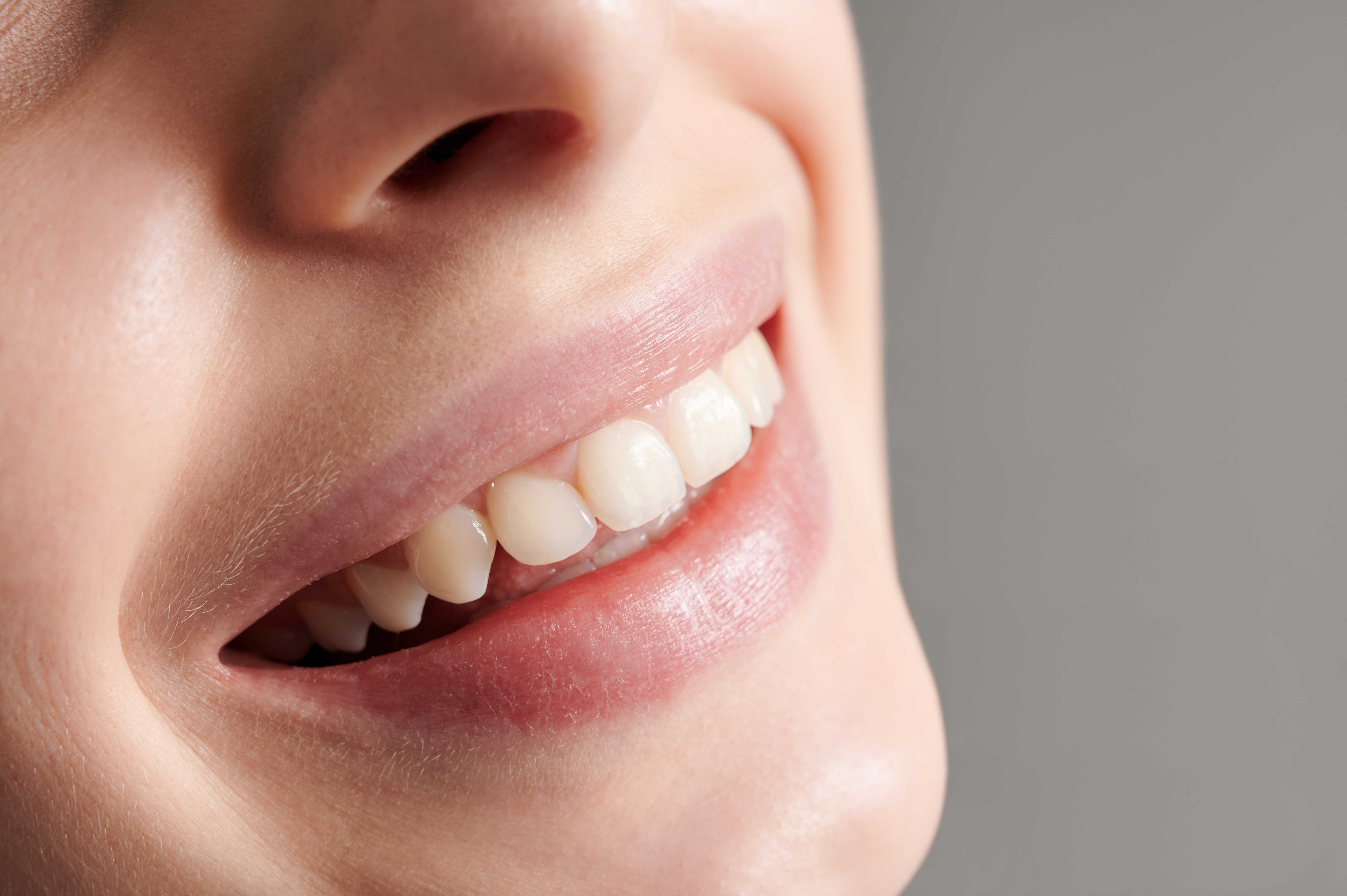Gum Aesthetics – Pink Aesthetic

Gum Aesthetics – Pink Aesthetic
As a dentist, I have seen many patients who are concerned
about the aesthetics of their teeth. While most people focus on the colour and
shape of their teeth, there is another important factor to consider: the
appearance of your gums. Gum aesthetics play a crucial role in the overall
appearance of your smile, and can have a significant impact on your confidence.
The appearance of your gums can be affected by a number of
factors, including genetics, age, and gum disease. Some people may have gums
that are too high or too low, which can make their teeth appear too long or too
short. Others may have an uneven gum line, which can create an asymmetrical
smile. In addition, gum disease can cause the gums to recede, exposing more of
the tooth and creating a nonaesthetic appearance.
There are a number of treatments available to improve gum
aesthetics. From gum contouring to gum grafting, there are a variety of
procedures that can help to create a more balanced and attractive smile.
Fundamentals of Gum Aesthetics
Anatomy of the Gingiva
The gingiva, also known as the gums, is the soft tissue that
surrounds and supports the teeth. It is made up of two parts: the attached
gingiva and the unattached gingiva. The attached gingiva is firmly bound to the
underlying bone and is responsible for protecting the teeth from trauma and
infection. The unattached gingiva, on the other hand, is more flexible and
provides a seal around the teeth.
It is important to note that the appearance of the gingiva
can vary greatly from person to person. Some people may have a thin, delicate
gum line, while others may have a thicker, more robust gum line. The colour of
the gingiva can also vary, ranging from pink to brown.
Significance of Gum Health
Maintaining healthy gums is essential for overall oral
health and gum aesthetics. Poor gum health can lead to a range of problems,
including gum disease, tooth loss, and bad breath. Gum disease, in particular,
can be a major cause of concern, as it is a leading cause of tooth loss in
adults. It is caused by the buildup of plaque and tartar on the teeth and gums,
which can lead to inflammation, bleeding, and eventually, tooth loss.
In conclusion, understanding the fundamentals of gum
aesthetics is crucial for dental professionals. By understanding the anatomy of
the gingiva and the significance of gum health, we can provide our patients
with the best possible care and help them achieve a healthy, beautiful smile.
Clinical Approaches to Enhancing Gum Aesthetics
Several clinical approaches can be used to enhance gum
aesthetics. In this section, I will discuss three of them: Assessment of
Gingival Contours, Gingival Depigmentation Procedures, and Periodontal Plastic
Surgery.
Assessment of Gingival Contours
Assessing gingival contours is an important step in
enhancing gum aesthetics. This can be done by evaluating the shape, size, and
position of the gingival tissues. A simple way to assess gingival contours is
by using a periodontal probe to measure the distance from the gingival margin
to the bottom of the gingival sulcus. Additionally, a visual inspection can be
done to evaluate the symmetry and proportion of the gingival tissues.
Gingival Depigmentation Procedures
Gingival depigmentation procedures can be used to remove
excess melanin pigmentation from the gums. This can be done using different
techniques such as laser, electrosurgery, or chemical agents. The choice of
technique will depend on the severity of the pigmentation and the patient's
preferences. It is important to note that gingival depigmentation procedures
should only be performed by a trained professional to avoid complications.
Periodontal Plastic Surgery
Periodontal plastic surgery can be used to correct various
aesthetic issues such as gingival recession, gummy smile, or uneven gum line.
This can be achieved by using different techniques such as gingival grafts,
crown lengthening, or orthodontic treatment. The choice of technique will
depend on the specific issue and the patient's needs.
In conclusion, enhancing gum aesthetics requires a
comprehensive approach that takes into consideration the patient's individual
needs and preferences. By using clinical approaches such as assessment of
gingival contours, gingival depigmentation procedures, and periodontal plastic
surgery, dental professionals can achieve optimal gum aesthetics and improve
overall dental beauty.
- Veneer & Smile Design: Enhancing Your Smile with Precision
- Emax Crowns: A Guide to the Latest Dental Technology
- Zirconium Crowns
- Digital Smile Design: Enhancing Your Smile with Technology
- Hollywood Smile
- Tooth Diamond, Tattoo, and Dental Grillz: A Professional Guide
- Implant Treatments
- General Anaesthesia: A Professional Overview
- All-on-4 vs All-on-6 Implant Treatment Options: Which is Right for You?
- Jaw Tumor and Fracture: A Professional Overview
- Snoring Treatment
- Temporomandibular Joint Issues
- Surgical Procedures
- Bad Breath Treatment: Effective Solutions for Fresher Breath
- Dental Spa: A Professional Approach to Oral Health
- Teeth Grinding: Causes, Symptoms, and Treatment
- Periodontology (Gum) Treatments
- Gum Aesthetics – Pink Aesthetic
- Restorative Dentistry
- Inlay-Onlay Fillings: A Professional Guide
- Sensitive Dental Treatment: Tips for Managing Pain During Procedures
- Orthodontic Treatment
- Clear Aligners (Invisalign): The Transparent Alternative to Traditional Braces
- Endodontics: What You Need to Know About Root Canal Treatment
- Pedodontics (Pediatric Dentistry)
- Prosthetic Treatments in Dentistry: A Comprehensive Overview
- Teeth Whitening
